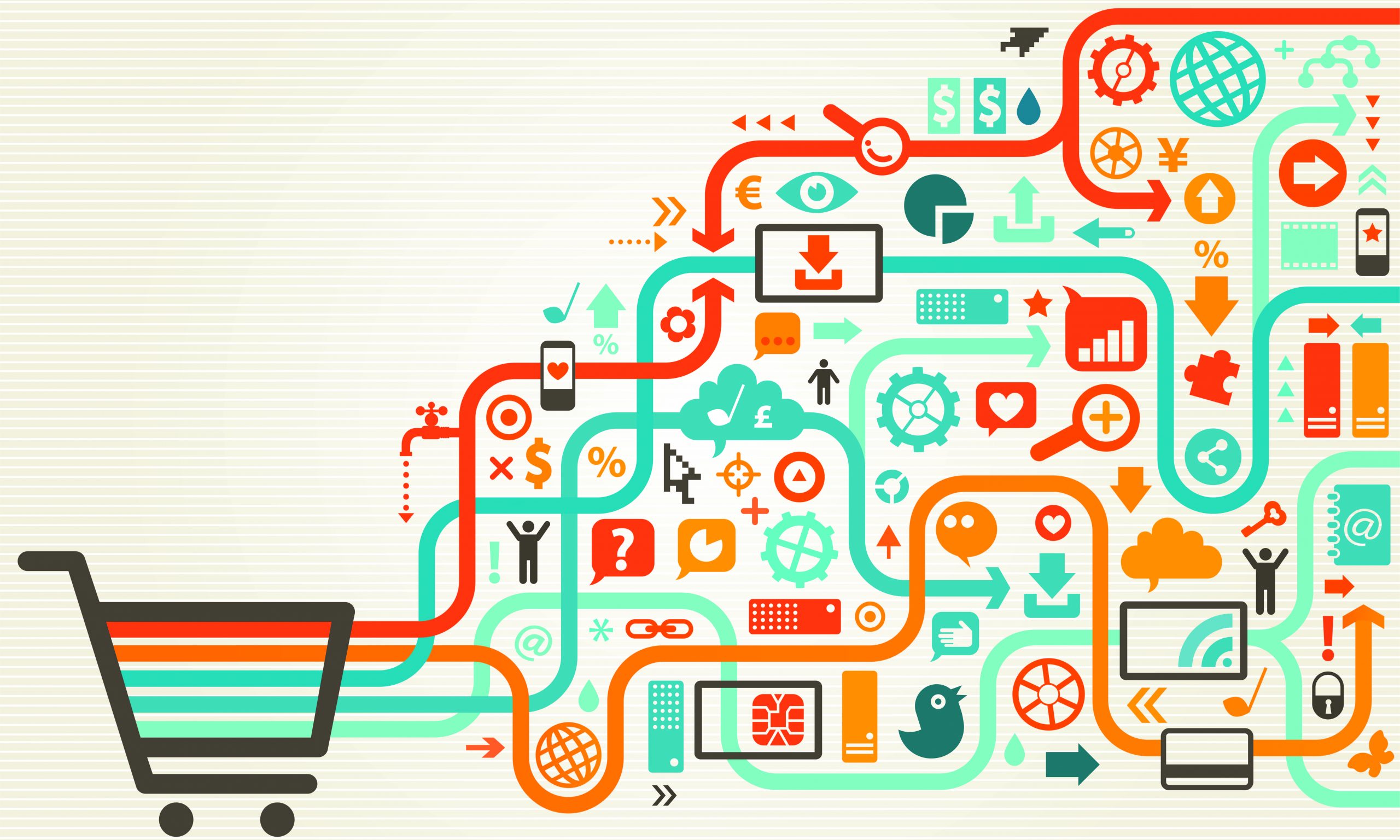As mentioned in our first post in this series, there are three key pillars or components to evaluate when incorporating self-scanning technologies into your enterprise:
- Strategy
- Technology
- Operations
Once you have determined your strategy for in-aisle mobile shopping, you can turn your attention to identifying the technologies and, where applicable, the partners to help you realize your vision.
ROI
This is likely the biggest question on your mind: how long until I see a return on my technology investment?
Projected returns from the technologies you choose during different phases, from initial pilot to expanded adoption, help you set benchmarks and expectations against which you can adjust over time.
Data from your enterprise, such as average checkout times, average basket size, and labor allocation patterns enable you to make predictions or estimated calculations about where and to what extent you’ll be able to achieve returns. Because in-aisle scan, bag and go shopping easily accommodates larger, weekly shopping basket sizes – even a 1% increase in throughput will have a big impact on your bottom line.
The lure of increased revenue resulting from consumers maximizing their available budget during the shopping journey as well as capitalizing on promotions delivered during their shopping selection is another big driver of in-aisle mobile shopping adoption. Many retailers we work with find measurable returns on both the cost savings and revenue uptick buckets with mobile shopping.
Build or Buy?
Are you considering building your own homegrown mobile shopping app or partnering with a technology vendor?
If you are developing your solution in-house, do you have the support and ecosystem (hardware, software, and services) needed to a) create seamless experiences for your customers; b) scale as your enterprise grows; and c) easily make updates and upgrades?
It may seem easier or less expensive to cobble together your own solution from a variety of vendors – or simply expand your existing retailer branded app with in-aisle scanning capability. But you should also be aware of the potential hidden costs of integration, and the complexities of incorporating a smooth customer journey with appropriate controls for exceptions and security (which can sometimes outweigh the initial cost savings).
Software
There are multiple shopping apps out there so it’s important to consider whether they meet your requirements.
How does the app launch – with or without a loyalty card? You’ll want your shoppers to buy from their grocery list while not limiting their in-store impulse buys – an important part of increasing sales typically found when browsing the aisles.
Your software should also capitalize on your brand with targeted promotions and images. Next, what happens when you scan the item barcode: Can you offer suggestions at point-of-decision in real-time? The application should also be able to flag age restricted items such as tobacco and alcohol, as well as non-barcoded produce items.
The shopper intervention is equally important, and your associates must be properly trained to perform a partial audit or validation check on the shopper’s bagged items without causing undue stress.
Finally, where does the shopper finalize and pay for the basket? We recommend the self-checkout, where dedicated help and a familiar environment and protocol for assistance is available.
Hardware
When it’s time to select the hardware for mobile shopping, your choices are using purpose-built handheld store scanners, the shopper smart phone, or a combination of the two.
Smart phones have the advantage of convenience and help to extend your reach beyond the store throughout the buying cycle. However, these require the shopper to download the shopping app and some shoppers just don’t want to use their own device.
If you’re considering introducing purpose-built devices in your stores, ergonomics, ruggedness and battery life are a few key characteristics to compare. And since high-powered scanners designed to recognized hard-to-read barcodes have advantages over phone cameras, we’ve found mobile shopping adoption to be higher with in-store handheld scanners.
Network and Data
Running mobile shopping applications require always-on internet connection in the store in order to connect to the item catalog and pricing data in real-time.
Will shoppers have consistent connectivity to Wi-Fi in your stores, and is your network set up to ensure crash recovery for your critical transaction data? You’ll want to be sure you have adequate data storage, and the capability to report and create actionable insights from that data – from the enterprise level down to the store and item level.
Measuring the effectiveness of the solution is important, but it’s equally important to make data-driven adjustments to security protocols, item information, associate training and consumer communications to ensure an optimized return on investment of the solution.
Through custom consultations, our team helps retailers around the world analyze different aspects of their stores and their business to customize the best solution based on these considerations.
In our final post in this series, we’ll delve into the operational aspect of mobile shopping, and discuss putting a mobile shopping plan into action in a way that works for your enterprise. To find out what other capabilities could help enhance your business, take this quick frictionless shopping quiz – learn where it makes the most sense to invest for your unique brand.

